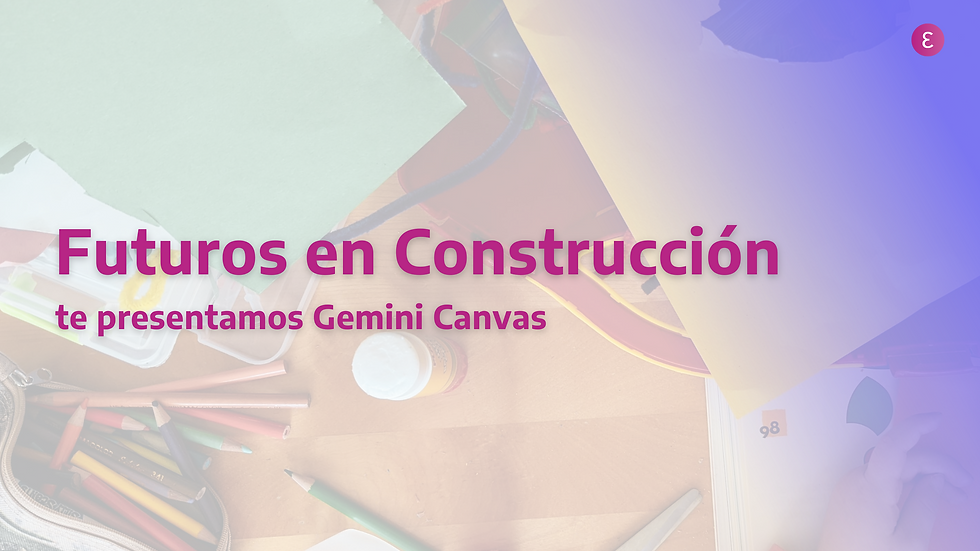Video with AI: We tried it and we'll tell you how it went
- Eidos Comms Team

- Apr 12, 2024
- 3 min read

In 2023, AI gained almost dizzying momentum. At #EidosGlobal, we had been working with AI 🤖 for some time, but this time we jumped into the wave with great momentum. Why? Because we are passionate about challenges that involve learning about new tools that enhance our abilities. From the Comms team, we had already been testing some apps in 2022, but as new audiovisual platforms began to emerge, we didn't hesitate: we had to create a video ⏯️ with AI.
Like any exploration journey, the first stage was exclusively for "experimenting". We researched different applications, among which we decided to bet on Leonardo as platform for creating images, and Runway for animation and editing. We began the creative process by providing the app with a Script with a script indicating the image we desired in return. In this step, we discovered a curiosity about Leonardo.AI.
Simple requests 👍
Before embarking on this experience, we believed that the more we wrote about the image we needed the platform to generate, the more accurate the response would be. Well, that wasn't the case. This app works better with more abstract requests.
That is, if the instruction is "A 18-year-old searching for a job on Linkedin on her phone, on the couch in her living room", the result would be flawed; instead if an abstract image about "Artifical Intelligence" is requested, Leonardo returns high-level artistic productions.
The difficulty of creating humans 👥
We encountered a difficulty when asking it to design people. Leonardo created them with deformities, and at the same time, it was complex to replicate the same person in different images.
We found a double solution: on the one hand, a resource included in the platform's style gallery: Papercut, which drew characters in a paper style, thus disguising the defects. On the other hand, we turned to an old friend: Photoshop.
We created images in Leonardo, with Papercut, to then take them to Photoshop and separate them from their context for reuse. This is how we built each image. Then we took them to Runway to animate them and create the scenes.
Final editing and production 💻
Once the scenes were generated, from the images of Leonardo and the animation of Runway, it was time to edit the video. In this step, we used Premiere, another classic app, which was also useful to combine with the creations of AI.
So, this is how our first video with AI turned out
What this experience left us
Two months passed, and many hours of work since we set out to create the video until we had the final product. Along the way, we researched, tested, made mistakes and learned.
We learned about new platforms, new ways of creating, and carrying out our ideas.
We discovered that some AI apps provide us with tools that we did not have until then: the possibility of creating illustrations quickly, giving us a creative perspective that inspire us when designing and animating differently. We also learned about their limitations, and that allowed us to combine all these advantages with those that traditional platforms already presented us.
What's Next 👉
This is just the beginning. We will continue experimenting because at #EidosGlobal, if there's one thing that drives us, it's curiosity for learning and knowing. We love challenges, so many of the limitations that presented themselves to us in the process of creating this first video we made in 2023 might not be such today. Soon we will explore other apps and platforms, and we will tell you about our successes... and the failures too! (because you learn from everything!) Can you imagine wanting to make this video today with SORA? Oh, we can not be sure yet, but we have a great hunch that it would be easier now.
Follow our social networks closely, and soon you'll know how we're doing investigating the new apps. Have you tried any yet? We want to hear about your experience!


